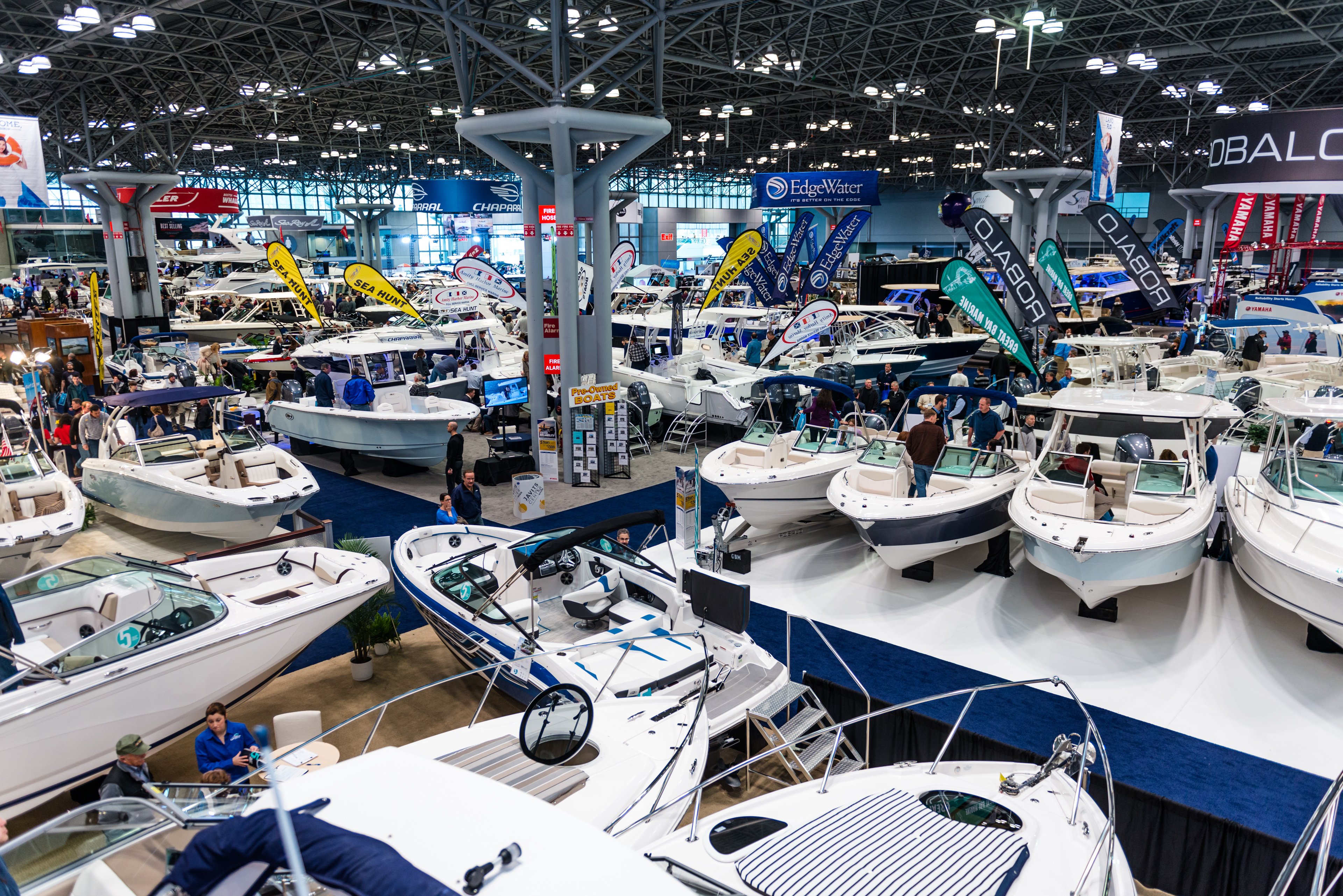New Powerboat Sales: 2018 Marked Seventh Consecutive Year of Growth, Additional Increase Expected in 2019
Click here for the latest NMMA release on NMMA sales data and outlook for 2021.
NMMA announced last week that retail unit sales of new powerboats (includes traditional powerboats and personal watercraft) were up an estimated 4 percent in 2018 to approximately 280,000 units, the highest total since 2007. What's more, the outlook for 2019 remains positive with continued growth expected to bring a 3-4 percent increase in new powerboat retail sales.NMMA also announced that the recreational boating industry contributes an estimated $170.3 billion in economic activity to the U.S. economy, an increase of approximately $49 billion since the last time the association reported economic impact in 2012*.
“The recreational boating industry has been on a seven-year climb that’s expected to continue into 2019, bringing even more people to the water,” said Thom Dammrich, NMMA president. “Driving these sales is a combination of the economic growth we’ve seen over the past decade, particularly with consumer confidence hovering near all-time highs and consumers seeking out boating as a way to spend quality time with family and friends outdoors. At the same time, over the past five years, marine manufacturers have put a concerted effort on offering new products that attract consumers with different interests and budgets, bringing out new buyers—especially across the watersports, fishing, and pontoon categories—three categories seeing unprecedented sales growth.”
As retail unit sales figures are finalized for 2018, they’re signaling nearly all new powerboat categories saw growth last year, with the following categories leading the charge:
- Sales of new freshwater fishing boats are estimated to be up 2-4 percent to 75,000 units in 2018; fishing is the most popular activity done aboard a boat.
- New personal watercraft sales are estimated to be up 6-8 percent to 68,000 units in 2018; with accessible entry-level price points, personal watercraft are often considered a gateway to boat ownership.
- New pontoon sales are estimated to be up 4-6 percent to 58,000 units in 2018; the versatility of the latest pontoons offers an all-in-one experience from fishing to cruising to watersports.
- Sales of new wakesport boats—popular for wakesurfing and wakeboarding and attractive to new and younger boaters—are estimated to be up 9-11 percent to 10,000 units in 2018.
- New cruiser sales—boats between 22 and 32 feet, popular for relaxing, entertaining and ‘cruising’—are estimated to be up 2-4 percent to 9,000 units in 2018.
With recreational boating contributing an estimated $170.3 billion to the U.S. economy (which includes direct, indirect and induced output generated by marine manufacturers (boat, engine, and accessory); their suppliers, dealers and retailers; services such as repairs and marinas; boating activities and trips; and, business tax revenue), NMMA reports that combined activity supports an estimated 35,000 marine businesses and 691,000 direct and indirect American jobs.
The top ten states for recreational boating economic activity are:
- Florida, $23.3 Billion
- California, $13 Billion
- New York, $8.4 Billion
- Texas, $7.7 Billion
- Michigan, $7.4 Billion
- Washington, $6.9 Billion
- New Jersey, $6.6 Billion
- Tennessee, $6 Billion
- North Carolina, $5.5 Billion
- Missouri, $4.5 Billion
Click here for the full press release
*This figure includes $20.5 billion of business tax revenue, which was not included in the NMMA’s 2012 economic impact study.





